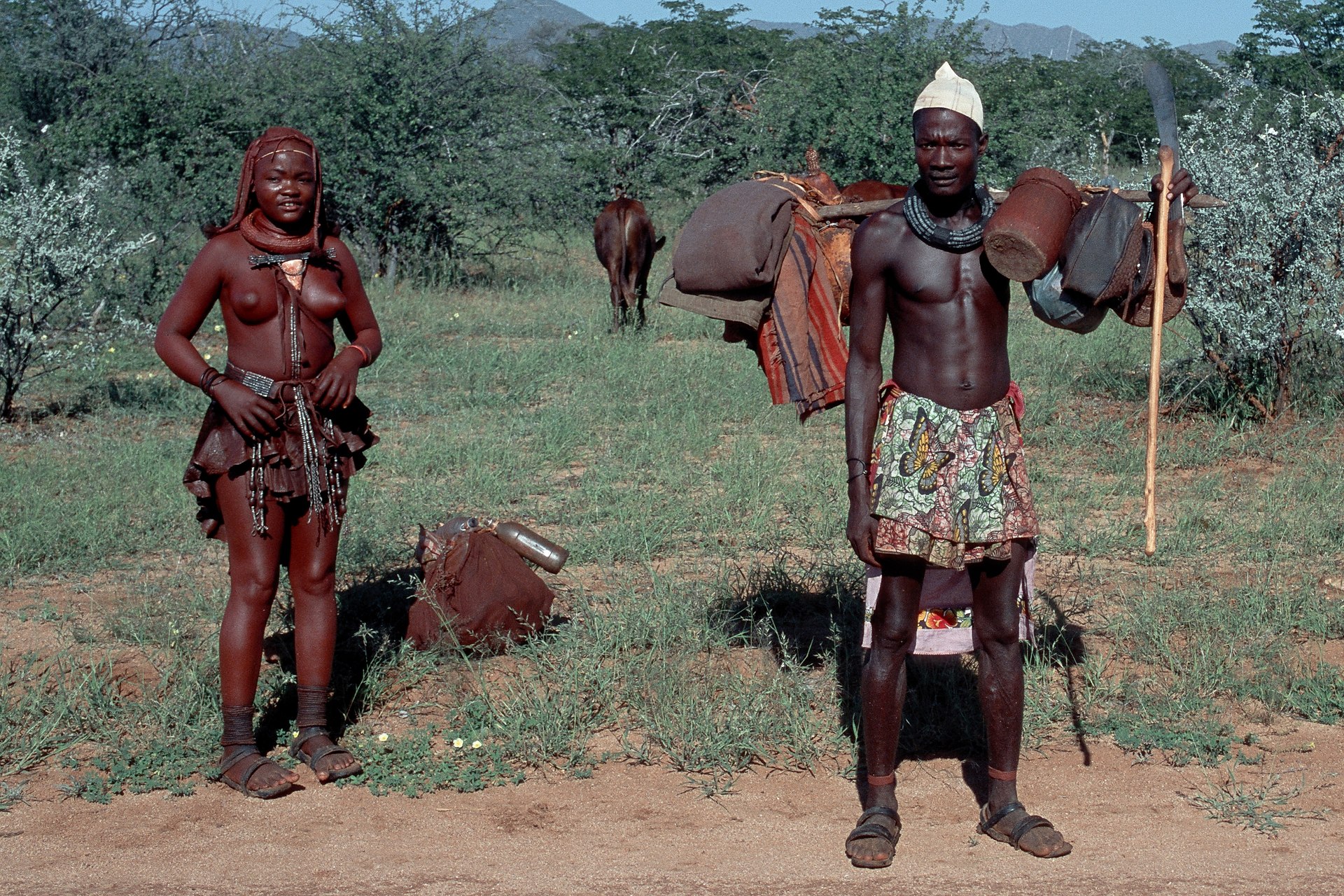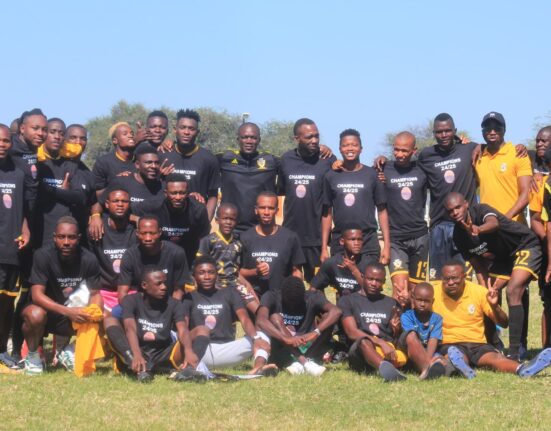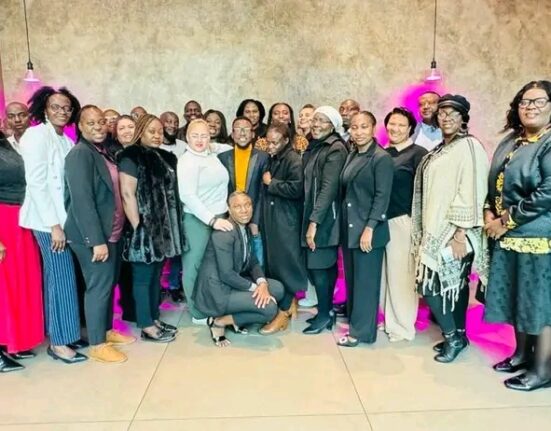Namibia, a country located in Southern Africa, is renowned for its breathtaking landscapes, diverse wildlife, and rich cultural heritage. At the heart of this heritage is the diversity of indigenous tribes that have shaped Namibia’s history and continue to influence its present-day culture. From the Ovambo people in the north to the San people in the vast deserts, Namibia’s tribes reflect the country’s deep-rooted traditions, customs, and spiritual beliefs.
In this article, we will explore the tribes of Namibia, offering a closer look at their origins, culture, customs, and how they have contributed to the tapestry of Namibia’s identity. Whether it’s the vibrant Ovambo, the resilient Herero, or the ancient San, each tribe plays a pivotal role in the history and present of the nation.
1. The Ovambo: The Largest Tribe in Namibia
The Ovambo people are the largest ethnic group in Namibia, constituting around 50% of the population. They primarily reside in the northern regions of Namibia, specifically the Oshana, Ohangwena, Omusati, and Zambezi regions. The Ovambo people speak Oshiwambo, a Bantu language with several dialects, and their culture is deeply embedded in agriculture, animal husbandry, and community living.
History and Origins
The Ovambo are believed to have migrated to Namibia from the Central Africa region many centuries ago, eventually establishing their settlements along the fertile lands of the Cuvelai Basin. The group is known for its strong communal values and extended family systems, with elders playing an important role in decision-making and preserving traditions. The Ovambo people have a long history of self-governance, with various powerful kingdoms and chiefdoms existing in the region, such as the Oukwanyama and Oukwambi.
Culture and Traditions
Ovambo culture is centered around communal life and respect for elders. Traditional practices, such as dancing, singing, and storytelling, play a central role in their rituals. One of the key cultural practices is the Eunene Festival, a celebration marking the end of harvest season. Ovambo people are also known for their beautiful beadwork, textiles, and crafts, which are often used in ceremonies and exchanged in trade.
2. The Herero: Courageous Warriors and Masters of Cattle
The Herero people, one of Namibia’s most prominent ethnic groups, reside primarily in the central and eastern regions of Namibia, including areas like Oshikoto and Otjozondjupa. They are known for their historical resilience, as well as their cattle-rearing culture, which plays an essential part in their economy and way of life.
History and Origins
The Herero people are believed to have migrated from East Africa several centuries ago. Historically, the Herero were involved in cattle herding and farming, living in closely-knit communities. In the late 19th century, they gained prominence as formidable warriors during their resistance against German colonial forces. This resistance culminated in the Herero and Namaqua genocide (1904-1908), during which tens of thousands of Herero people were killed by German colonial troops.
Despite the hardships, the Herero people have managed to preserve their traditions and culture, becoming symbols of resilience and strength in Namibian society.
Culture and Traditions
Herero culture is characterized by elaborate customs surrounding cattle herding, marriage, and family life. The Herero are famous for their distinctive attire, with women wearing colorful Victorian-style dresses and headdresses, a fashion choice that originated as a symbol of resistance against colonialism. Beadwork and embroidered garments are important elements of Herero culture, used to demonstrate both personal and family wealth.
3. The Nama: The Desert Nomads
The Nama people are a subgroup of the larger Khoisan family of indigenous groups. They are primarily found in the southern regions of Namibia, particularly in the Karas and Hardap regions. The Nama speak Khoekhoe, a language known for its distinctive use of click sounds.
History and Origins
The Nama people have lived in the Namib Desert for thousands of years. Their history is deeply tied to the desert environment, where they became nomadic herders, relying on cattle and goats for survival. The Nama have a long history of interaction with European settlers, and during the colonial period, they faced discrimination and exploitation at the hands of the German colonial administration.
The Nama, like the Herero, resisted German colonization in what would later become known as the Nama War. Despite the genocide and displacement, the Nama people have preserved their language, traditions, and nomadic lifestyle, adapting their customs to the modern world while keeping a strong sense of cultural identity.
Culture and Traditions
The Nama culture is built around a strong connection to the land and livestock. Traditional Nama rituals often involve storytelling and song, and many ceremonies are centered on cattle. The Nama are also known for their elaborate beaded jewelry and woven crafts, which are often used in religious ceremonies or as a form of personal adornment.
4. The San: The Ancient People of the Kalahari
The San, also known as Bushmen, are considered one of the oldest indigenous peoples of southern Africa, with evidence of their presence in the region dating back thousands of years. The San people have historically lived in the Kalahari Desert and the Namib Desert, areas known for their harsh climates and sparse resources.
History and Origins
The San are thought to be the original inhabitants of southern Africa, with a deep connection to the land and nature. They are hunter-gatherers, relying on their knowledge of the environment to survive in the desert. The San people have lived for centuries in small, mobile groups, using bows and arrows and stone tools for hunting and gathering. They also have a rich tradition of rock art, creating paintings and carvings that are found across the country.
Throughout history, the San have faced marginalization and displacement from their ancestral lands due to European colonization and the expansion of farming and ranching communities. Despite these challenges, the San have managed to preserve their unique cultural practices and continue to be an important part of Namibia’s social fabric.
Culture and Traditions
San culture is heavily based on their nomadic lifestyle, where survival depends on their ability to read the landscape and track animals. They are expert hunters and foragers, and their traditional knowledge of medicinal plants and wildlife behavior is passed down through generations. The San are also famous for their oral traditions, which include storytelling, music, and dance. Body adornment such as beadwork and tattoos also play a significant role in their culture.
5. The Damara: The Steadfast People of Namibia’s Central Highlands
The Damara people reside primarily in Namibia’s central highlands, including the regions of Damaraland and Erongo. The Damara are closely related to the Nama, sharing many cultural traditions and language, but have also developed a distinct identity over the centuries.
History and Origins
The Damara people are thought to have originated in the north-central regions of Namibia and gradually migrated south. Historically, they were known for their expertise in cattle herding and agriculture. The Damara people were significantly impacted by European colonization, especially during the German occupation of Namibia. The effects of colonialism, including forced labor and land dispossession, shaped the social structure of Damara communities.
Culture and Traditions
Damara culture is rooted in cattle herding, and their social structure revolves around extended families. Traditional Damara homes are built from natural materials such as mud and thatch, and they are often grouped in villages. The Damara also practice oral traditions, with a focus on songs and storytelling, much like the Nama.
Namibia’s indigenous tribes—Ovambo, Herero, Nama, San, and Damara—represent the rich cultural diversity of the country. Each tribe has its own distinct language, traditions, and history, but they are all bound by a common bond to the land they call home. These tribes have lived through periods of conflict, change, and survival, yet their resilience and rich cultural heritage have allowed them to thrive in modern-day Namibia.
Today, the tribes of Namibia are not only central to the country’s history but also play a vital role in its cultural future. Through tribal celebrations, music, and dance, these communities continue to pass down their heritage to future generations. Their traditional knowledge, especially in areas like livestock management and ecological sustainability, remains invaluable for modern-day Namibia, making their preservation and promotion essential for the future of the nation.
Namibia’s cultural mosaic is one of its most treasured aspects, and the stories of its people—whether they are the cattle herders of the Ovambo or the ancient desert dwellers of the San—serve as an enduring testament to the country’s deep connection to its land, history, and people.
Join 'Namibia Today' WhatsApp Channel
Get the breaking news in Namibia — direct to your WhatsApp.
CLICK HERE TO JOIN












